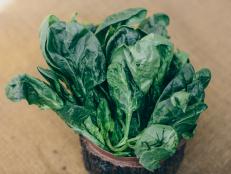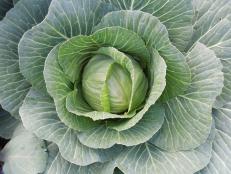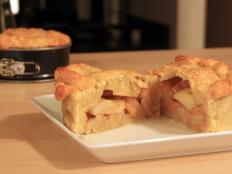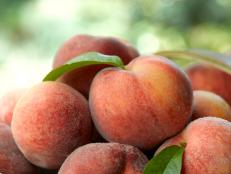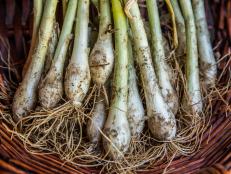Freezing Onions
Extend your onion harvest by tossing excess bulbs in the freezer. Learn how to prep onions for safe storage in the deep freeze.

2013, Image courtesy of Ben Rollins
Maybe your garden yielded an abundant onion crop and you lack a cool storage space. Or maybe you just found a great deal at the farmers’ market on specialty onions. As you wonder, “Can I freeze onions?”—know that you can. Freezing onions is really easy and super fast. Best of all, the resulting product is versatile in the kitchen.
Before freezing onions, it’s important to realize that freezing does change an onion. That pungent crunch that gives chicken and spinach salad a snappy texture disappears as onions freeze. What’s left preserves the flavorful punch that onions bring to the table, but you’ll find it works best added to hot dishes, like soups, stews, and browned ground meats.
You can freeze onions with or without blanching. You must blanch when freezing whole onion bulbs. Use a blanching time of three minutes for small onions, seven minutes for larger. For safe freezing, blanching must heat onions all the way to the center of the bulb. One medium size onion yields roughly 1.25 cups chopped; a large onion yields 2.25 cups chopped.
To freeze chopped onions, wash bulbs well and chop as fine as you like. Thawed onions tend to lose their shape, so if you chop pieces super fine in a food processor, your thawed product may resemble mush. Slip chopped onions into zipper bags, arranging in a thin layer. To use, break off a piece of the frozen layer. Place the bag under running warm water to make removing a chunk easier. To use frozen onions, toss what you need into your dish and let them thaw as they cook.
Freeze Vegetables From Your Garden
See All PhotosYou can also individually quick-freeze onions by placing chopped onions on a parchment-lined tray and popping it in the freezer. When onions are frozen, shift them into freezer containers or bags. To use, grab or scoop out as many onions as you need.
If onions have sprouted and are soft, puree them in a food processor with a little olive oil. Freeze the slurry in ice cube trays. Store the onion cubes in a container or zipper bag. Use them to flavor soup or gravy. Consider caramelizing onions before freezing. This type of frozen onion brings slow-cooked flavor to time-crunched meal prep.
As you prep onions to freeze, avoid chopping-induced tears by chilling onions for 30 minutes prior to cutting. Start cutting from the shoot end, leaving the root end whole. The sulfur compounds in onions that cause tears are concentrated in the root end. Some cooks do all their chopping outdoors to allow breezes to remove sulfur-laden onion fumes. Others swear by lighting a candle, allowing the flame to consume the fumes. Don’t toss root ends. Remove roots and use end chunks to create flavorful broth or stock.
Regardless of how you freeze onions, seal them in an airtight container to avoid onion odors in your freezer. When packing onions in containers, leave half an inch of headspace. Double and even triple bag onions stored in freezer bags. Use onions within three to six months for best flavor.
How to Freeze Vegetables
Learn methods for freezing vegetables so you can have fresh taste long after the growing season ends.








